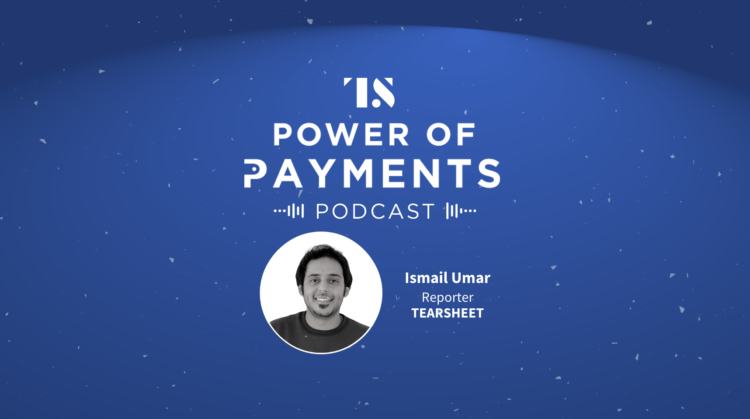Payments, Power of Payments Podcast
Power of Payments Ep. 23: Elon Musk’s grand ambitions for Twitter Payments, Cash App Savings, and more
- This week, we discuss Elon Musk’s payments plans for Twitter, and Cash App’s new savings feature.
- We also talk about Gen Z’s changing preferences when it comes to sending and receiving money digitally.





